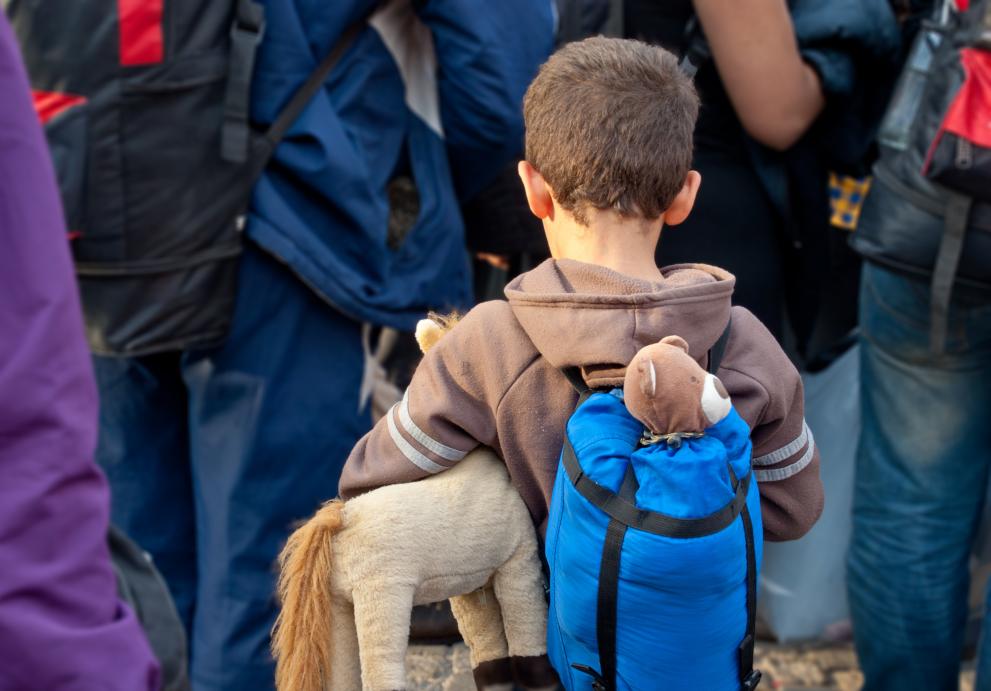
Migration can shape how a child grows up and has an impact on children’s identity, development and well-being.
Negative experiences during migration can be particularly traumatic for unaccompanied children in migration or those fleeing conflict and war.
About 7% of children in the EU, 6.9 million, are living in a different country from their nationality, according to experts of the European Commission’s Knowledge Centre on Migration and Demography at the Joint Research Centre.
Just under two thirds of these - 4.3 million children are nationals of a non-EU country.
Of these, the largest numbers come from Syria, Morocco, Turkey, Afghanistan and Albania.
From within the EU, the number is about 2.6 million, with Romanian and Polish the most common nationalities.
There is a wealth of available information from various sources on children in migration at EU and international level.
However, data on these children is not collected in the same way and to the same extent for all EU countries.
The new report "Data on Children in Migration" brings together information and analyses available from various sources – including Eurostat and national records – to make EU-wide estimates on the numbers of child migrants.
By providing this information, experts aim to contribute to a more comprehensive information base to help national and EU policymakers manage migration in a way that provides children with the special care and assistance that they are afforded under EU and international law.
Asylum applications of children across Europe
The report confirms that there is uneven spread of asylum applications across EU countries, with some countries receiving many more than others.
The EU countries dealing with the highest numbers of child asylum applications in relation to population size are Greece, Cyprus, Germany, Malta, Luxembourg, Austria and Sweden.
At the height of the migrant crisis in 2015 and 2016, exceptionally high numbers of children applied for asylum in Hungary, Bulgaria, and Denmark.
In contrast, Italy, France and Spain are found to be consistently far below the EU average in terms of the number of asylum applications received by children.
Unaccompanied minors: Protecting children and age assessment
The report also finds that 16 and 17 year-olds made up 75% of all unaccompanied migrant children in 2018.
If border authorities have doubts about a person’s age when they seek asylum – that is, whether or not they are under 18 and therefore legally considered as a child – then a medical age assessment may be used.
In conducting these assessments, relevant authorities seek to achieve scientifically sound results, using the least invasive procedures possible.
The European Asylum Support Office (EASO) has released a number of guidelines in this respect.
However, there is currently no EU-wide protocol or catalogue for assessing age based on medical imaging, which means there is lack of consistency in the way age is determined.
This lack of consistency also hinders the potential for age assessment results that are mutually recognised across all EU countries.
The Commission, in its 2017 Communication on the protection of children in migration underlined the need for reliable, multi-disciplinary age assessment procedures fully compliant with the legal safeguards provided by EU law in all EU Member States.
The latest JRC work in this field is published in the report "Medical age assessment of juvenile migrants".
Related Content
JRC technical report: Data on Children in Migration
JRC Science for Policy report: Medical age assessment of juvenile migrants
Details
- Publication date
- 11 October 2019
